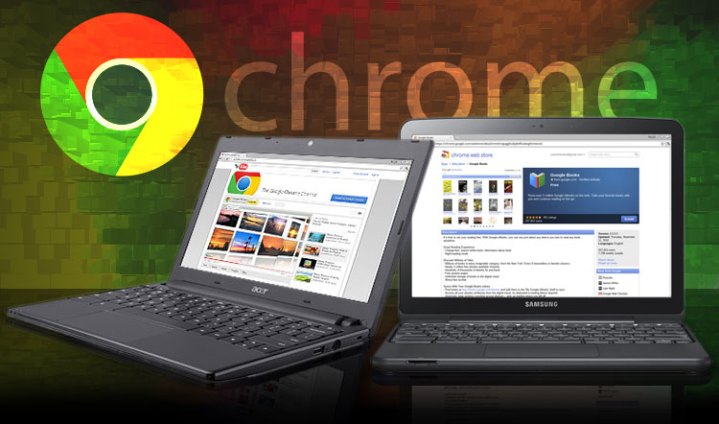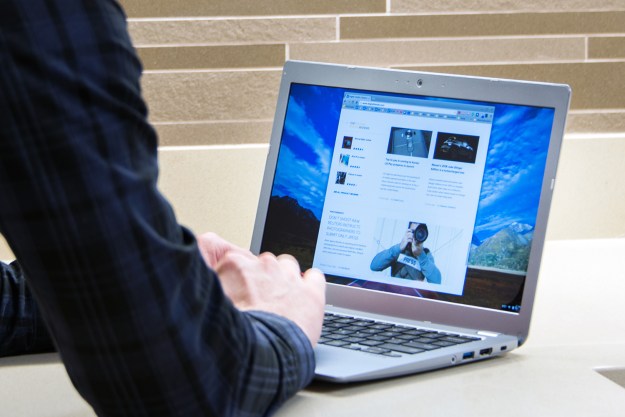
Getting Android app support on the Chromebooks people already own has been a challenge, however, even as Google indicated that all 2017 and later Chromebooks would get Android support. The list of Chromebooks that can officially run Android apps has been a bit limited, but that’s changing, as Android Police reports.
Google on Thursday updated its list of Chromebooks that now have official support, and 16 new machines have been added. They include:
- Acer Chromebook 11 N7 (C731, C731T)
- Acer Chromebook 15 (CB3-532)
- Asus Chromebook C202SA
- ASUS Chromebook C300SA/C301SA
- CTL NL61 Chromebook
- Dell Chromebook 11 (3180)
- Dell Chromebook 11 Convertible (3189)
- Dell Chromebook 13 (3380)
- HP Chromebook 11 G5 EE
- HP Chromebook 13 G1
- Lenovo Flex 11 Chromebook
- Lenovo N23 Yoga Chromebook
- Lenovo N22 Chromebook
- Lenovo N23 Chromebook
- Samsung Chromebook 3
- Mercer Chromebook NL6D
If you check out Google’s list of supported devices, you’ll notice that there are three current levels. Some machines are supported in the Stable Channel, meaning that you should see the Google Play Store app out of the box and be able to install Android apps without doing anything special. Some Chromebooks are supported in the Beta Channel, meaning that you’ll need to change your system’s channel in order to get
You can follow our guide here on how to install Android apps on your Chromebook. If your machine has a “Planned” status, then you’ll have to wait awhile before installing apps. If it’s not on the list at all, it’s still possible that it will be supported at some point. Be sure to keep up with this list, as it changes regularly.
Editors' Recommendations
- Google just released the first Android 15 beta. Here’s what’s new
- 5 calendar apps you should use instead of Google Calendar
- Is Temu legit? Everything you need to know about the shopping app
- Google just announced 8 big Android updates. Here’s what’s new
- Google just announced Android 15. Here’s everything that’s new


